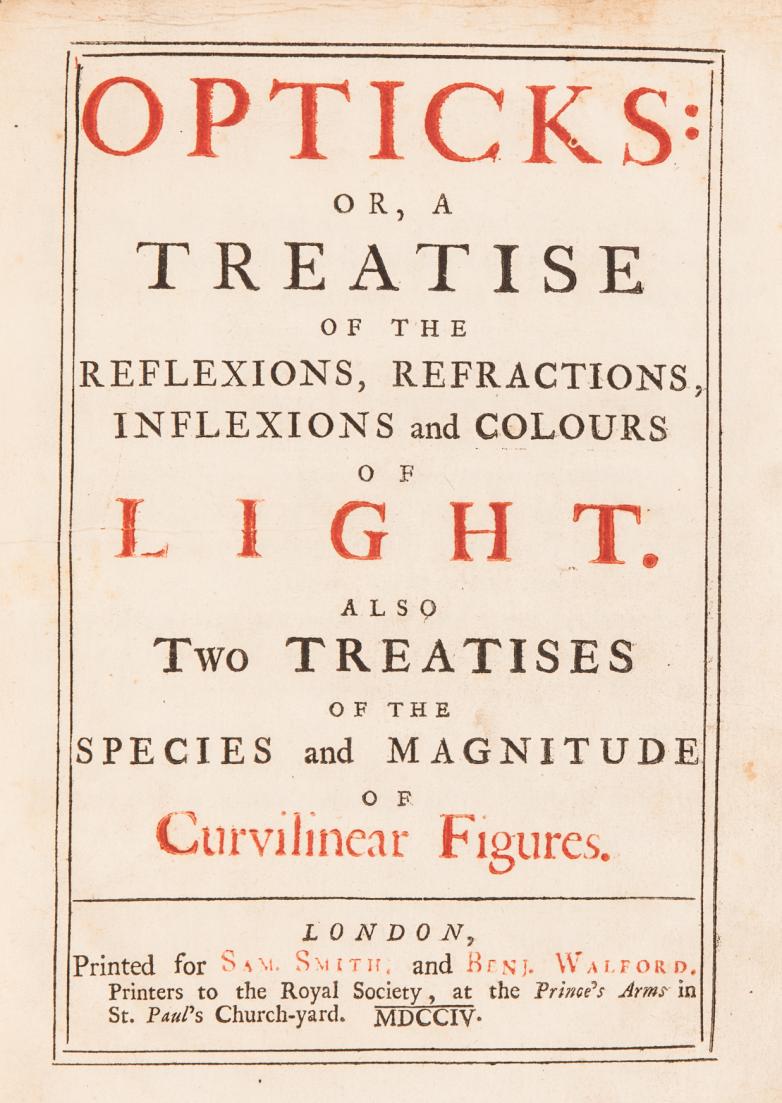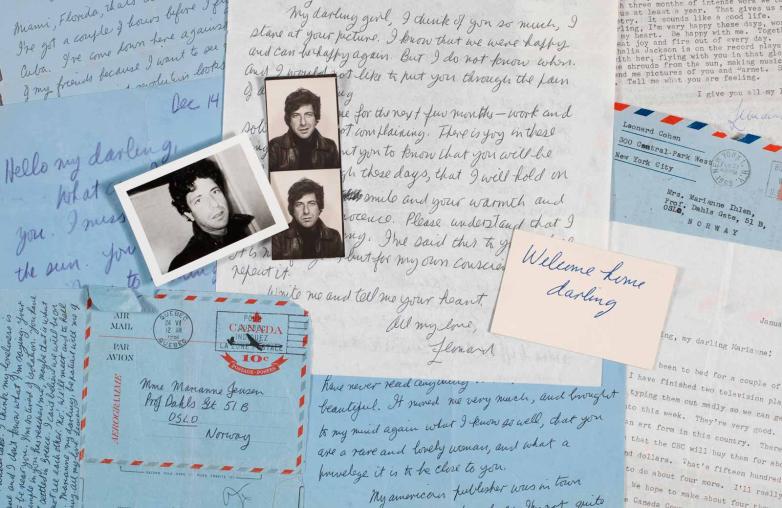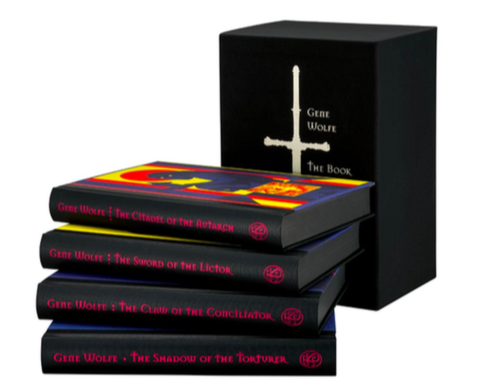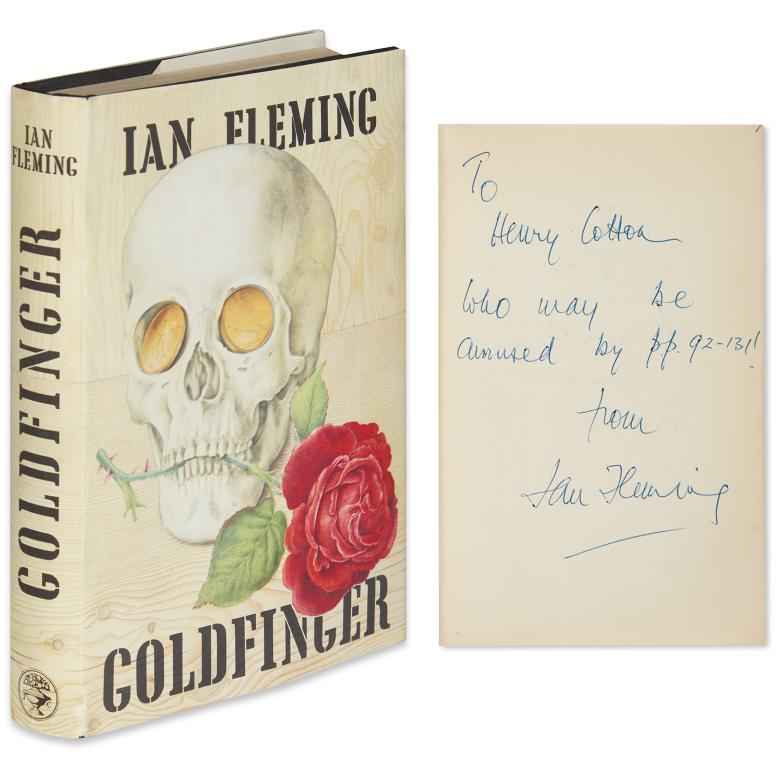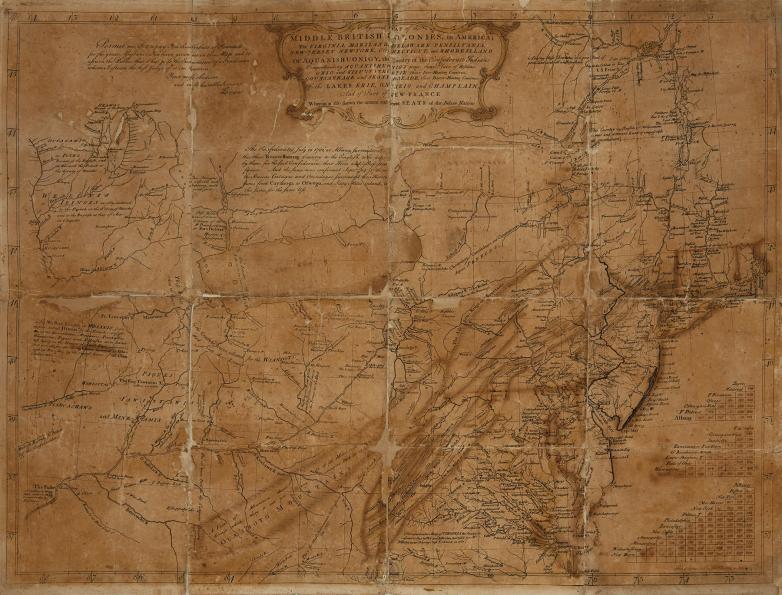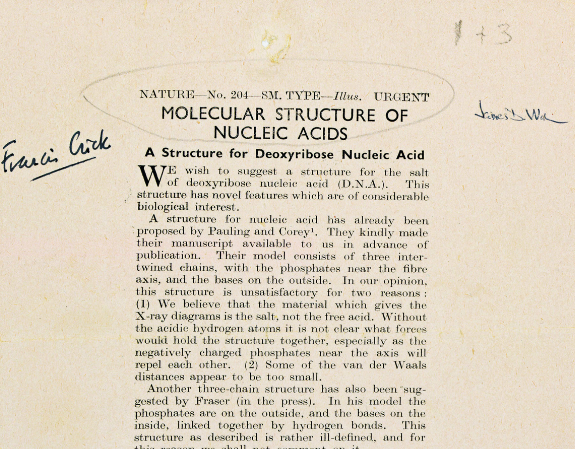New York — An exceptional offering of cartography forms the cornerstone of the Thursday, June 6 sale of Maps & Atlases, Natural History & Color Plate Books at Swann Galleries. Highlights include a historic early draft of a pioneering eighteenth-century map, as well as important works on botany and anthropology.
Lewis Evans' General Map of the Middle British Colonies in America, 1755, was one of the most influential maps published in Colonial America, describing the land to the West of the British territory, into Ohio, with new information. The map was so popular that it was translated into numerous languages throughout the remainder of the eighteenth century. The house is poised to offer a rare look into Evans' decision-making process and creation of the historic map with a working proof signed and dated by Evans May 2, 1755–just 53 days before the map was finished and ready for official production. The present iteration features the cartography of the land, but the general details are lacking: nearly all the major place names and toponyms seen on the finished map do not appear, though several were added in manuscript by Evans. "This is the kind of item one thinks to be impossible, or at least improbably to survive modern times, but has had the good fortune to surface," said Maps & Atlases specialist Caleb Kiffer. The proof copy is expected to bring $30,000 to $50,000.
Other maps of the United States include A. P. Folie's 1792 Plan of the Town of Baltimore and its Environs, published in Philadelphia, an auction debut ($7,000-10,000); an 1828 hand-colored engraved pocket map of Ohio by James Turnbull–the first engraved map published in the state of Ohio ($2,000-3,000); Claud Thomson's 1794 manuscript survey of a vast tract of frontier land in Franklin County, in northeast Georgia with descriptions of the property by Thomson ($2,000-3,000); and Emil B. Fischer's Map of Southwestern Colorado, 1893, a large color-lithographed folding map originally used to locate mines ($2,000-3,000).
A selection of Dutch map publisher Pieter Verbiest’s decorative maps are on offer. Highlights include a richly decorated 1636 double-hemispheric world map featuring agricultural allegories of the four seasons, of which only two copies are recorded, ($10,000-15,000); a 1634 second-state variant carte-a-figures map of Italy; and a first-state variant 1639 map of Spain and Portugal, both are estimated at $3,000 to $5,000.
Additional world cartography of note includes Petrus Plancius' important 1592-94 imprint of the lower portion of the African continent with stunning decorations of fanciful beasts and sea monsters ($3,000-5,000). The work comes from a rare series of separately published charts describing the coastlines of the world beyond Europe by Cornelis Claesz.
Jacob Robyn's 1860 English edition of Arent Roggeveen's atlas of coastal charts relating to the New World is present at $20,000 to $30,000. Nicolas Visscher’s Atlas Minor Sive Geographia Compendiosa, Amsterdam, circa 1700 ($7,000-10,000); Robert de Vaugondy, Gilles and Didier’s Atlas Universel, Paris, 1757 ($6,000-9,000); and Antonio García y Cubas’ Atlas Geográfico, Estadístico é Histrórico de la República Mexicana, Mexico, 1858 ($4,000-6,000), ensure a standout presentation of atlases.
George Catlin's North American Indian Portfolio, London, 1844, leads a run of color plate books at $30,000 to $50,000. The work includes 25 tinted lithographed plates by Day & Haghe and features scenes of the Native American people seen during Catlin’s travels through the Great Plains during the 1830s. Also of note is Victoria Regia; or the Great Water Lily of America, Boston, 1854, by John Fisk Allen and William Sharp, with six chromolithographed plates ($15,000-20,000), and a complete run of The Botanical Magazine; or Flower Garden Displayed, London, 1787-1827, by William Curtis, with nearly 3,000 hand-colored engraved plates offered together with Lectures on Botany; Lectures on Various Subjects and Practical Observations on the British Grasses ($7,000-10,000).
Exhibition opening in New York City June 1. The complete catalogue and bidding information is available at swanngalleries.com and on the Swann Galleries App.
Additional highlights can be found here.





